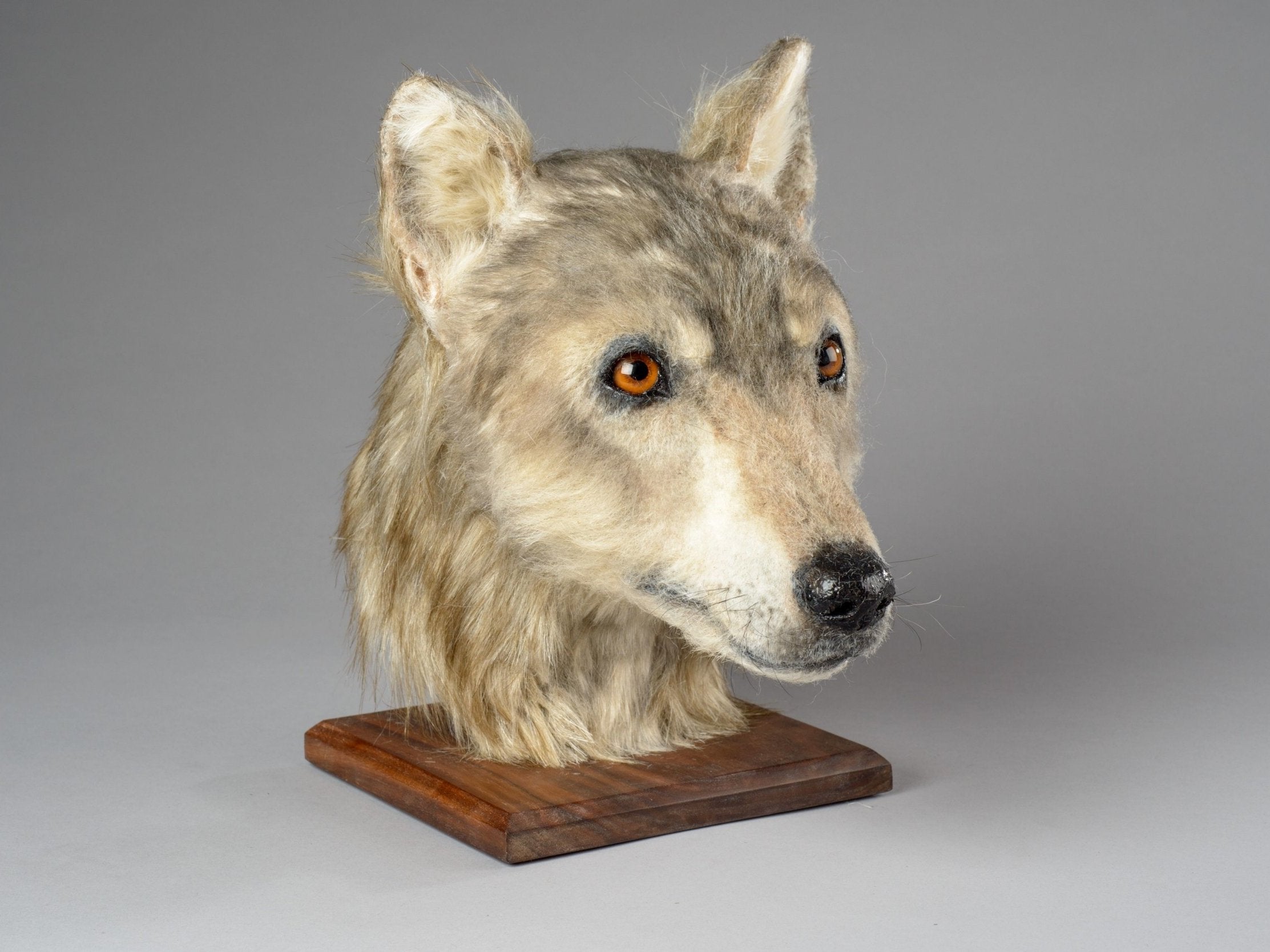Face of 4,000-year-old Neolithic dog reconstructed for first time after tomb discovery
Canine was similar size to large collie with features akin to European grey wolf

Your support helps us to tell the story
From reproductive rights to climate change to Big Tech, The Independent is on the ground when the story is developing. Whether it's investigating the financials of Elon Musk's pro-Trump PAC or producing our latest documentary, 'The A Word', which shines a light on the American women fighting for reproductive rights, we know how important it is to parse out the facts from the messaging.
At such a critical moment in US history, we need reporters on the ground. Your donation allows us to keep sending journalists to speak to both sides of the story.
The Independent is trusted by Americans across the entire political spectrum. And unlike many other quality news outlets, we choose not to lock Americans out of our reporting and analysis with paywalls. We believe quality journalism should be available to everyone, paid for by those who can afford it.
Your support makes all the difference.The face of a dog discovered in a tomb in Orkney has been revealed for the first time in more than 4,000 years.
Forensic artist Amy Thornton used a 3D print from a CT scan of the creature's skull to create a model of its head, building up muscle, skin and hair.
Radiocarbon dating of the dog bones unearthed at Cuween has shown canines were placed in the chamber more than 500 years after the passage tomb was built, suggesting they were ritually buried.
Neolithic dog's face revealed for first time in over 4,000 years after
The project was commissioned by Historic Environment Scotland (HES).
Steve Farrar, interpretation manager at HES, said: "Just as they're treasured pets today, dogs clearly had an important place in Neolithic Orkney, as they were kept and trained as pets and guards and perhaps used by farmers to help tend sheep.
"But the remains discovered at Cuween Hill suggest that dogs had a particularly special significance for the farmers who lived around and used the tomb about 4,500 years ago.
"Maybe dogs were their symbol or totem, perhaps they thought of themselves as the 'dog people'.
"While reconstructions have previously been made of people from the Neolithic era, we do not know of any previous attempt to forensically reconstruct an animal from this time.
"Looking at this dog helps us better relate to the people who cared for and venerated these animals, people whose ingenuity and sophistication made Orkney such an important place in the Neolithic and who have left us with such a rich legacy of monuments today."
The Cuween Dog was about the size of a large collie and had features similar to those of a European grey wolf.
Historians believe it can reveal information about ceremonial practices and the symbolic significance of canines in Late Neolithic Orkney as well as the appearance of domestic dogs in the third millennium BC.
Last year, HES published 3D digital models of the chambered cairns to better reveal the sophisticated structure of the monuments to the public.
This process involves taking hundreds of overlapping images which are then combined to create a 3D model, enabling users from anywhere in the world to explore the sites in detail online.
The canine reconstruction is part of this wider project to use cutting-edge technology to share the stories of Orkney's Neolithic chambered tombs with visitors.
The latest work was originally created in clay using traditional methods, with a 3D print of the Cuween Hill skull as the base to build the anatomy on to.
It was then cast in silicone and finished with the fur coat resembling a European grey wolf, as advised by experts.
HES said the work will go on display in Orkney this year.
Ms Thornton, who trained in facial reconstruction methods at the University of Dundee, said: "This reconstruction has been a particularly interesting project to be involved in, as it marks the first time I've employed forensic methods that would usually be used for a human facial reconstruction and applied these to an animal skull.
"This brought its own set of challenges, as there is much less existing data relating to average tissue depths in canine skulls compared to humans."
Cuween Hill chambered cairn - built between 3000 and 2400 BC - is an example of a Neolithic chamber tomb.
It has four cells opening off a central chamber, which is accessed down a passage.
The structure suggests there was a belief in an afterlife 5,000 years ago, with evidence of complex burial rites.
In all, 24 dog bones and skulls were discovered when the Neolithic site was excavated in 1901, as well as the remains of eight humans.
Press Association Scotland
Join our commenting forum
Join thought-provoking conversations, follow other Independent readers and see their replies
Comments